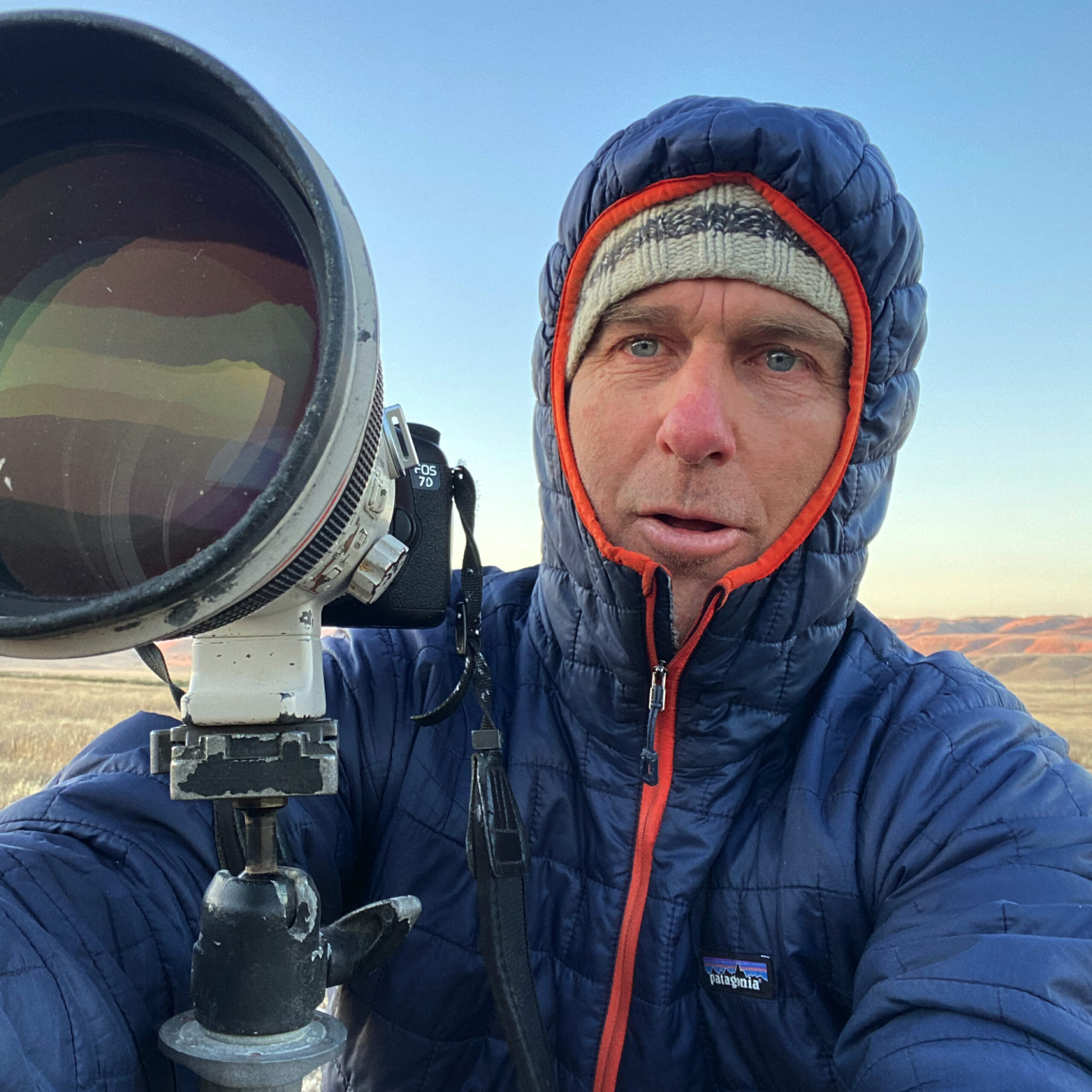Island scrub jays on Santa Cruz in California’s Channel Islands National Park are restoring oak woodlands. Researchers have taken notice and are implementing the jays’ strategy on a neighbouring island.
“Island scrub jays are ecosystem engineers,” says Scott Morrison, director of conservation science at The Nature Conservancy. “They’ve had a hand in the pretty phenomenal recovery of vegetation on Santa Cruz.”
Each adult jay caches between 3,500 and 6,000 acorns per year, efficiently distributing the fruits across the mountainous isle, innately storing them with their points down to generate growth.
Following the removal of livestock from Santa Cruz due to overgrazing, the jays’ scatter hoarding has helped reestablish oak groves, which support many other endemic species.
Restoring the habitat has also enabled Santa Cruz to capture more fog drip: when the acorns are planted upslope, the oak trees catch moisture, which drains into the topsoil and creeks, providing an important water source for the island’s flora and fauna.
On nearby Santa Rosa where the island scrub jay went extinct in the late 1880s, volunteers are trying to replicate the birds’ behaviour by planting young oaks to reinstate habitat.
There is talk of reintroducing the island scrub jay to Santa Rosa. However, there are factors to consider, including the impact it could have on the island loggerhead shrike.
Main image: Island scrub jay. © Chuck Graham
